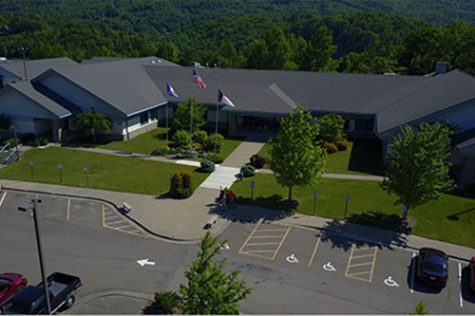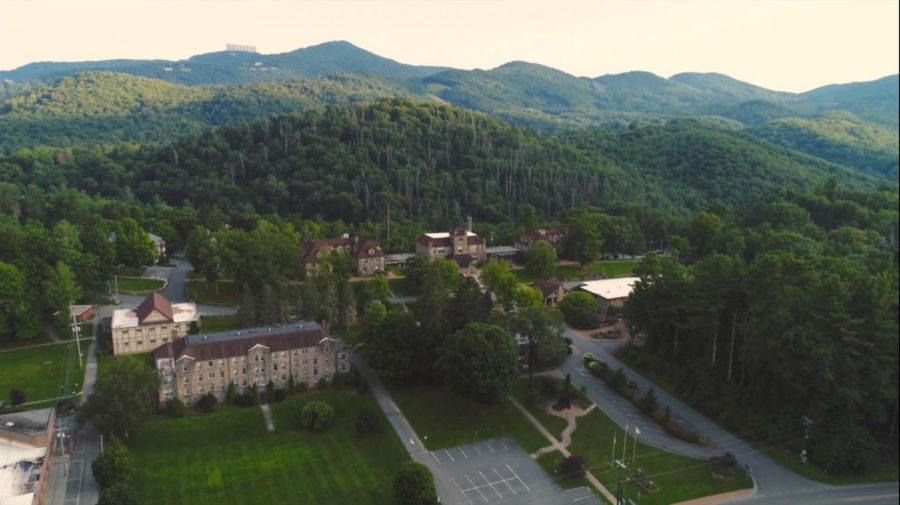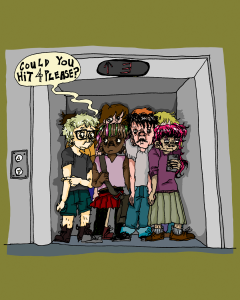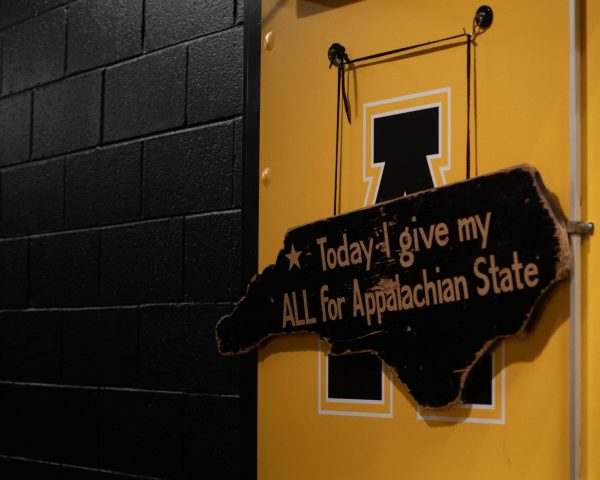Local universities further credit transfer relationship
November 14, 2020
Choosing a four-year college is challenging and many students are not picking a four-year program at all. Instead, they may begin their education at community colleges. The reasons for this are primarily financial, but opportunities like the transfer programs community colleges offer also play a role.
COVID-19 is also a factor in student decision making, according to Caldwell Community College and Technical Institute President Mark Poarch. CCC&TI hopes to entice more students to take the community college route with their newest partnership.
CCC&TI has offered transfer programs to various schools in North Carolina, such as Western Carolina, N.C. State, and UNC-Asheville since 1969. On Oct. 28, Lees-McRae College became the newest school students can transfer to, after two years at CCC&TI.
The community college partners with App State for the “Aspire Appalachian” co-admission program in which students can transfer to App State after completing two years in one of seven majors and meeting the 2.25 GPA requirement.

The majors offered for transfer students are associate degrees in: art-teacher preparation, arts, fine arts and music, fine arts in visual arts, general education, science, and science-teacher preparation.
“We are seeing an increase in student interest in Aspire Appalachian; currently there are 61 students actively enrolled in the program, with another 62 prospective students completing program requirements,” said Mark Poarch, CCC&TI president.
Poarch said that students are choosing to begin their college careers at community colleges where classes are cheaper and can be taken from the safety of their homes due to COVID-19.
The last time community college enrollment spiked was during the 2008 recession. Although nationwide enrollment numbers haven’t changed significantly thus far, data from The Integrated PostSecondary Education Data System suggests 2021 enrollment numbers may follow the same pattern.
“Many students may not be academically or socially ready for a four-year institution. Agreements such as these allow students to spend two years on a community college campus developing the skills to help them be successful at the four-year level,” Poarch said.
The CCC&TI and Lees-McRae co-admission agreement is identical to the Aspire Appalachian program, except for one notable difference: a new scholarship program. CCC&TI students who enroll full-time at Lees-McRae will automatically qualify for the Lees-McRae’s “New Horizon Transfer Scholarship,” which offers students $2,000-14,000 based on their academic performance.
“Lees-McRae College is proud to be a ‘school of opportunity,’ and programs like the New Horizon Scholarship help students and their families afford a small, private college,” said H. Lee King, Lees-McRae’s president.
While App State remains CCC&TI students’ most popular choice of transfer schools, the New Horizon Scholarship is a “huge incentive” that will encourage students to consider Lees- McRae, said Poarch.
“Lees-McRae College and Appalachian State University are both wonderful schools, but we have different academic programs and campus life opportunities,” King said. “The High Country is fortunate to have two thriving higher education institutions meeting the needs of a wide variety of students.”













